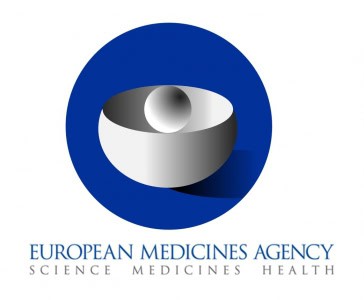May 3, 2019
Results of MPE members participation in EMA survey on bortezomib
Results of MPE members participation in EMA survey on bortezomib

As bortezomib, an anti-myeloma medicine, is licensed as both an intravenous (IV – through the vein via a drip) and subcutaneous medicine (through the skin, via an injection), the European Medicines Agency (EMA) recently conducted a survey to understand which method was most commonly used across Europe. They also asked about the location of administration (i.e. at home or in hospital) for patients.
The survey was disseminated amongst members of Myeloma Patients Europe (MPE) and received 24 responses from patient advocates in 16 European countries. A big thank you to all members who participated in the survey.
The survey results highlighted the following information:
- Subcutaneous administration of bortezomib, in an outpatient hospital setting, was the most commonly cited method and location of administration
- In most countries , patient advocates (21 out of 24 respondents) understood that bortezomib was administered subcutaneously to patients
- In one country, it was understood that bortezomib was prescribed solely in IV format; in another it was administered using both IV and subcutaneous format; and one other country specified that subcutaneous bortezomib was only available for patients over 70 years of age presenting with certain side-effects
- In all countries involved in the survey, bortezomib was primarily administered in a hospital setting (either as an outpatient or inpatient) rather than at home. However, one patient advocate outlined a pilot in their country where bortezomib was administered at home
The EMA also ran a similar survey with European healthcare professionals (HCPs), which confirmed the findings from the patient advocate survey.
Next steps
The EMA provided feedback that the response to survey was very useful to their work.
The survey was developed by the EMA Committee for Orphan Medicinal Products (COMP), the committee responsible for providing and maintaining orphan designation for new medicines. Orphan designation is where a medicine is considered to address a rare disease or condition and the developer can therefore benefit from a range of incentives to bring their medicine to market (such as protocol assistance and longer marketing exclusivity).
As such, the results of the survey will be considered by each member of the COMP committee in an upcoming opinion on a myeloma product. The COMP opinion will be made available in the coming months. They will also be able to use the results of the survey in future myeloma-medicine assessments, where relevant.
From IV to subcutaneous administration
The results of this survey are very interesting to MPE and our members.
Up until 2014, bortezomib was prescribed and administered using an IV drip. Whilst bortezomib was very effective for treating myeloma, patients experienced certain side-effects including peripheral neuropathy – which is mild to severe tingling/burning in hands and feet. Patients reported that this is a very difficult side-effect to live with, impacting on quality of life.
In 2014, a clinical trial showed that when patients received subcutaneous bortezomib, the incidence of neuropathy reduced significantly, as did other side-effects. Subcutaneous bortezomib was found to also be quicker to administer, reducing hospital time for the patient.
Since then, bortezomib was licensed by the EMA as a subcutaneous treatment and is routinely used in this format in clinical trials. It is therefore interesting and positive to see that the majority patient advocates and doctors report that this method of administration has filtered down throughout Europe to patients. It is also helpful to see where the gaps are, so MPE can work with specific members to identify and address them.
If you need any further information or have any questions about the survey or the role of the EMA, please email Policy and Public Affairs Manager Kate Morgan at morgan@mpeurope.org
The European Medicines Agency and the Committee for Orphan Medicinal Products (COMP) would like to thank MPE and its members for their valuable contributions to this survey.